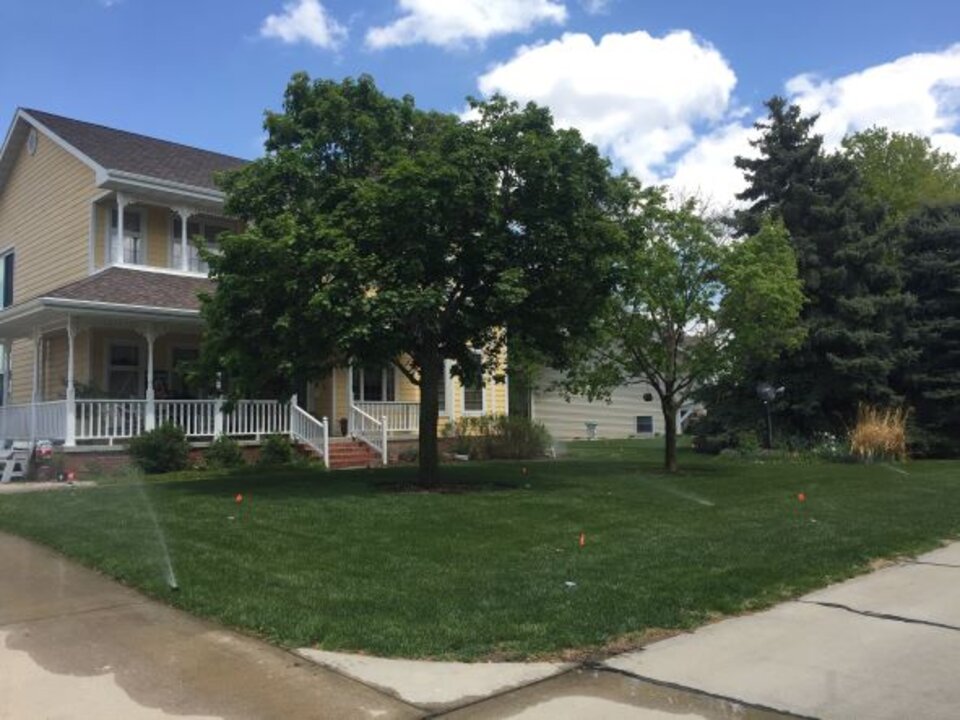Irrigation Audits Helpful

Lawns need about one inch of water per week. During the hottest part of summer, they may need one and a half inches. Do you know how much water your irrigation system applies?
Lawns require uniform watering so one area is not under watered while another is overwatered. Do you know if your system waters uniformly?
Lawns are best watered deeply but infrequently. Do you know what this means and if you’re watering program meets this recommendation?
A fairly simple way to answer these questions is to conduct an irrigation audit and use a soil moisture meter or a household screwdriver to test soil moisture.
Last summer, 24 Extension Master Gardeners piloted a program aimed at conserving water in home landscapes. An irrigation audit was conducted on each of their systems. During the growing season, they used a soil moisture meter or screwdriver to determine when to irrigate.
Almost all of these Master Gardeners felt they had reduced water use despite last season’s heat and drought. The majority of them plan to keep their irrigation system turned off until soil moisture is needed.
To conserve water and save wear and tear on an irrigation system, here are the basic steps for conducting an irrigation audit and how to use a moisture meter or screw driver to determine water needs.
For an irrigation audit, you will need about 10 to 15 flat bottomed, straight sided containers such as a tuna or cat food can , a ruler, and a measuring tape. Follow and repeat the steps below for each irrigation zone.
Place cans uniformly 10 to 15 feet apart, not to exceed 15 feet, in an irrigation zone. The more cans used, the more accurate the audit will be. Run the system for at least 15 minutes. Last year, some systems needed to be run for 30 minutes to have a measurable amount in the cans.
Using a ruler, measure the amount in each can. Record these and make note of differences in uniformity. If one can has one-fourth inch and another has one inch, all areas are not being watered at the same rate.
Once all measurements are taken from a zone, add them together and divide the amount of water by the number of cans used in the test. The final number is the amount of water applied on average in the zone for the amount of time the test was run.
While the test is running, watch for inefficiencies and broken parts. Irrigation systems usually run early in the morning when we cannot make such observations. Are irrigation heads hitting pavement, fences or trees? Are they missing areas of turf? Are any heads not functioning correctly?
To determine when a lawn needs irrigation, an inexpensive soil moisture meter can be purchased at a garden center or a screw driver used. Some Master Gardeners preferred a screw driver over the meter as they broke easily. Use moisture meters carefully to avoid breakage and check moisture at a 4 inch depth.
If using a screwdriver, it should push easily into the soil to the depth the soil is moist. Ideally, soil needs to be moist to a depth of about six inches for turfgrass. Watering lawns deeper can be a waste of water. If it is difficult to push a screwdriver into soil, and no soil sticks to it or it does not feel cool to the touch, this indicates watering is needed.
For more information on turf irrigation efficiency, see the water wise fact sheets and other resources at: https://go.unl.edu/turfwaterdogs.
This article was reviewed by John Fech